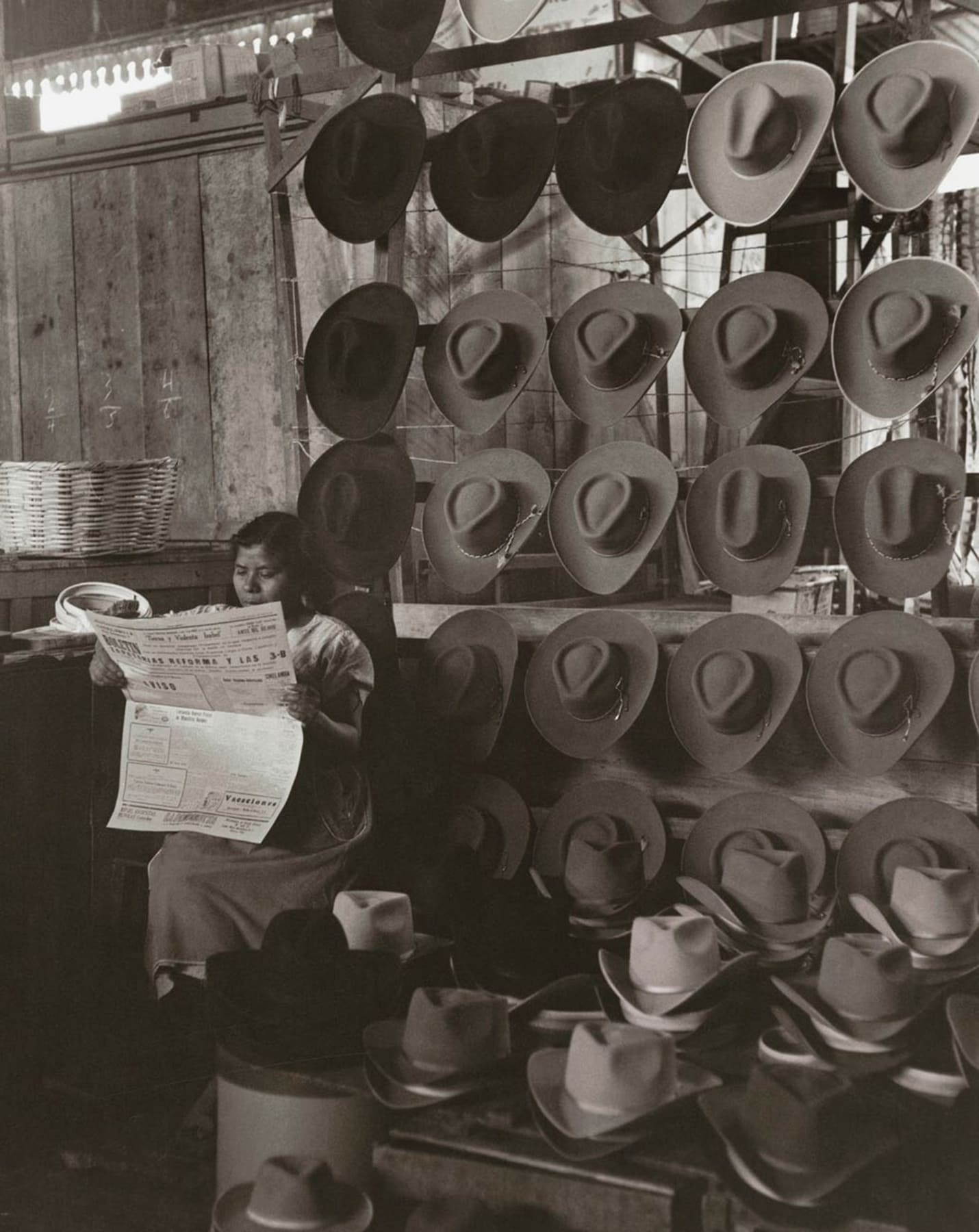A Legacy of Capturing Humanity in the Lens
Rodrigo Moya, who passed away on July 30 at the age of 91, was a name synonymous with Mexican photojournalism. His work spanned decades and captured the essence of life across Latin America, from the vibrant streets of Mexico City to the hidden corners of revolutionary movements.
Moya’s career reached its peak in the 1960s, where he became known for capturing moments that revealed the rawest sides of public figures. One of his most iconic images was of Colombian writer Gabriel García Márquez, smiling with a black eye. This image, along with others, showed a different side of the celebrated author, one that was not often seen in the public eye. Similarly, he documented Cuban revolutionary Che Guevara in a moment of quiet reflection, smoking a cigar. These photos were not just visual records but emotional narratives that spoke volumes about the individuals involved.
In addition to capturing celebrities, Moya also chronicled the everyday lives of people in Mexico City. His photographs highlighted the resilience and hard work of women in poor neighborhoods, the bustling energy of urban life, and the silent contributions of those who built the city. He described these scenes as “the neighborhoods with hardworking women filling their clotheslines, surrounded by their swarms of children.” These images offered a glimpse into the heart of the city, revealing the stories behind the buildings and streets.
A Career Rooted in Social Change
Moya’s journey began in the mid-1950s when he started taking photographs for newspapers and magazines in Mexico City. He covered significant events, including protests led by teachers and railroad workers against the ruling party. By the early 1960s, his focus shifted towards left-wing movements across Latin America, which aligned with his growing interest in social issues.
One of the defining moments of his career came during a trip to Havana in 1964. There, he had the opportunity to meet Che Guevara, who had recently helped overthrow Fulgencio Batista’s dictatorship. The interview, initially scheduled for 15 minutes, extended to two hours, allowing Moya to capture intimate moments of the revolutionary leader. Among these was the now-famous portrait titled “Melancholy Che,” which offered a more personal and less militaristic view of Guevara compared to other portraits of the time.
Moya also documented the lives of prominent artists and writers, including María Félix, Celia Cruz, Carlos Fuentes, and Diego Rivera. His work extended beyond politics and culture, offering a comprehensive view of the social fabric of Latin America.
Personal Encounters and Unforgettable Moments
One of the most intriguing episodes of Moya’s career was his documentation of a literary feud between Gabriel García Márquez and Mario Vargas Llosa. On Valentine’s Day, 1976, Moya was surprised when García Márquez arrived at his doorstep bruised and asking for help. The writer wanted to have his black eye photographed, a moment that would later become one of Moya’s most profitable images. The incident stemmed from a personal conflict between the two authors, with Vargas Llosa believing that García Márquez had been too close to his wife.
Moya kept the photos private for many years before finally publishing them in 2007. He often joked that he would send the image of García Márquez grinning rather than the bruised version, ensuring that the message was clear: “He hit me but it’s nothing. I don’t give a damn.”
A Photographer’s Reflection on Life and Work
Despite the fame and recognition, Moya remained humble about his impact. He once said, “I was a documentary photographer and no more.” He believed that his work did not change the world, but it had been a vital part of his life. His photographs, especially those taken in conflict zones, continued to haunt him, yet he never stopped capturing moments.
Moya’s career took a different turn in the late 1960s as he grew disillusioned with the political instability in Latin America. He moved away from news photography and focused on documenting the natural beauty of Mexico, particularly the seas and fishermen. This shift marked a new chapter in his career, showcasing his versatility as a photographer.
A Lasting Influence
Luis Rodrigo Moya Moreno was born in Medellín, Colombia, in 1934. He studied engineering before dropping out of college at the age of 20. His true education came through his apprenticeship under Guillermo Angulo, a renowned Colombian photographer. This experience laid the foundation for his future work.
At the turn of the century, Moya’s partner, Susan Flaherty, encouraged him to digitize and organize his extensive collection of photographs. This effort culminated in a major retrospective in the United States, organized by the Wittliff Collections at Texas State University in 2015. The exhibition brought renewed attention to his work, highlighting the depth and diversity of his photographic legacy.
Moya’s death was confirmed by Flaherty, though additional details remain scarce. Despite the challenges he faced throughout his life, his photographs continue to inspire and tell the stories of a generation.

